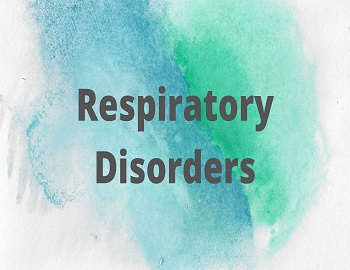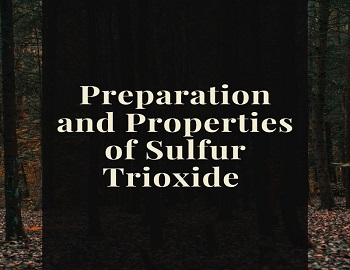Respiratory Disorders:
(1) Tuberculosis- Tuberculosis is caused by Mycobacterium tuberculae. It spreads through the sputum of infected persons. Sputum is mucus expelled from the trachea via the mouth. It contains mucus-trapped dust particles and bacteria. The bacteria of tuberculosis release tuberculin, a toxin that causes fever, loss of weight and general weakness. The bacteria cause the destruction of lung tissues. Immunity against tuberculosis can be obtained through the B.C.G. vaccine. Effective medicines against tuberculosis are isoniazid, streptomycin and PAS (para-aminosalicylic acid). The treatment must be continued for 8-9 months.
(2) Pneumonia- Inflammation of the lungs due to infection caused by bacteria, Diplococcus pneumonia or Streptococcus pneumonia. The lymph and mucus accumulate in the alveoli and bronchioles leading to chest congestion. The common symptoms are sputum production, nasal congestion, shortness of breath, sore throat, painful breathing etc. Untreated pneumonia can lead to death. Effective drugs are tetracycline and erythromycin.
(3) Bronchitis- It is the inflammation of the bronchi. It is characterized by hypertrophy (overgrowth) and hyperplasia (an increase in the number of cells leading to hypertrophy) of the seromucous gland and goblet cells lining the bronchi. It is caused by smoking, air pollutants and infection. The symptoms are cough, shortness of breath and sputum in the lungs. Treatment requires complete cessation of smoking, a pollution-free environment, proper exercise, proper nutrition and bronchodilator drugs (for widening the constriction of bronchial passage by relaxing smooth muscles).
(4) Coughing- It is a protective reflex to rid of the irritation in the throat and respiratory passage (trachea and bronchi). The irritation may be caused by inhaled dust, food, smoke, mucus from the lungs or nasal passages. Coughing following a deep inhalation expels the air forcefully from air passages forcing out the irritant. The characteristic sound of coughing is produced by the vocal cords that are set in motion by the expelled air.
(5) Occupational Lung Disease- It is the disease caused due to hazardous occupation and continuous work at the workplace. It is caused due to continuous exposure to harmful gases, fumes and dust, Silicosis and Asbestosis are the common examples and caused due to continuous exposure to Silica and Asbestos dust at the place of work or in the habitat. The disease is characterized by the inflammation and fibrosis of the lungs, particularly in the upper part. Since the disease is caused due to prolonged exposure to harmful substances, it is better to avoid prolonged exposure to such substances. Prevention is always better for such diseases because a cure is quite difficult. However, symptomatic treatment helps in managing the disease.









Comments (No)